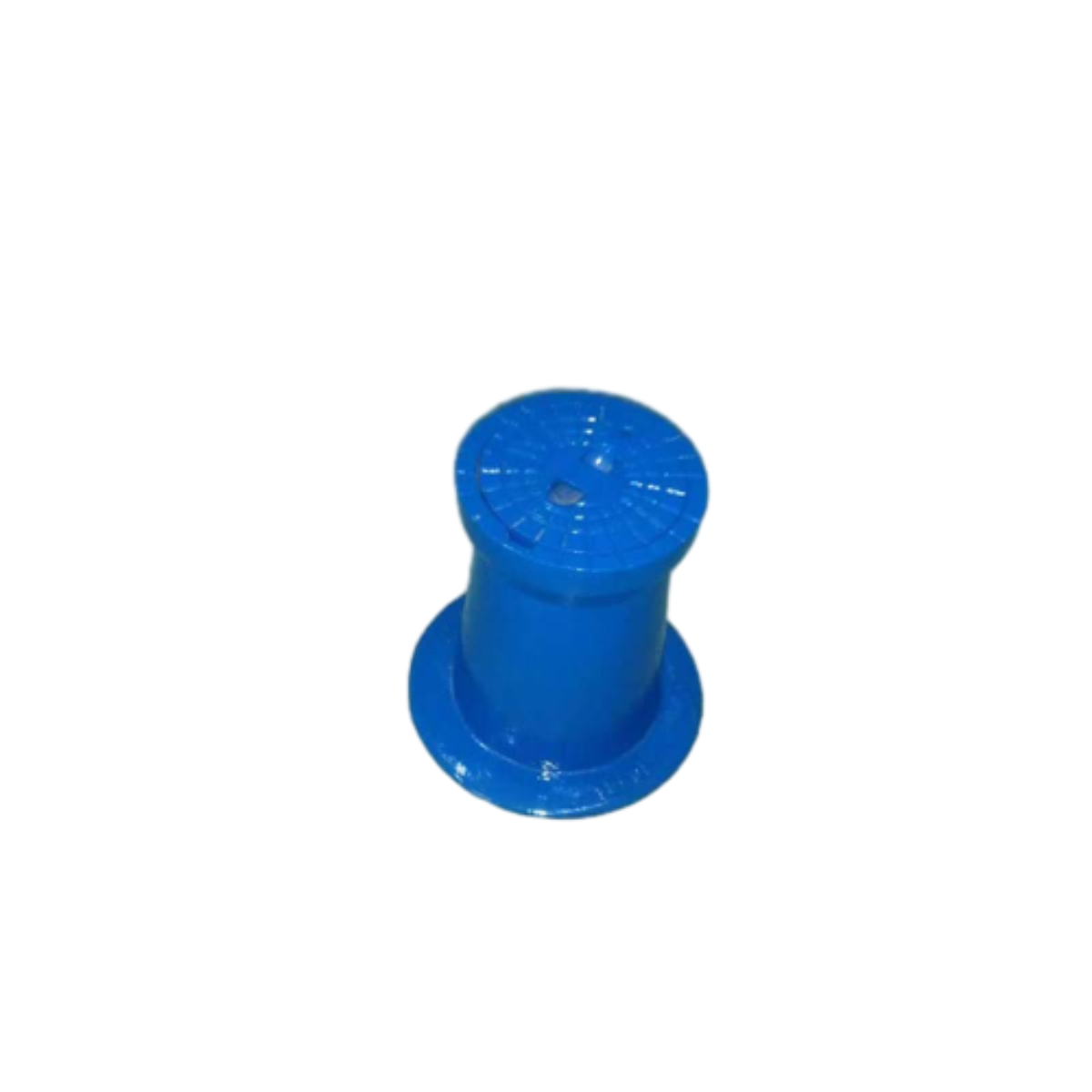electric air release valve
Electric Air Release Valve An Overview
In the realm of fluid dynamics and control systems, electric air release valves play a critical role in ensuring efficiency, safety, and operational integrity. As their name suggests, these valves are primarily responsible for releasing trapped air from a system, thus preventing the formation of air pockets that can disrupt fluid flow. This article delves into the functionalities, applications, advantages, and components of electric air release valves, highlighting their significance in modern engineering.
Functionality of Electric Air Release Valves
Electric air release valves operate by utilizing electric actuators to regulate the discharge of air from piping systems carrying liquids, primarily water. The way these valves work is relatively straightforward. When the system detects a buildup of air, it activates the electric actuator, which opens the valve and allows trapped air to escape. Once the air is released, the valve closes automatically or is controlled to do so through an external mechanism. This action not only enhances the efficiency of the fluid conveyance system but also protects it from potential damage caused by pressure fluctuations.
Applications Across Industries
These valves are employed in a variety of industries, including water supply systems, wastewater treatment, irrigation, chemical processing, and HVAC systems. In municipal water supplies, for instance, electric air release valves are crucial in maintaining the integrity of water distribution networks. They help to prevent issues such as water hammer – a phenomenon that can result in pipe damage and system failures due to sudden changes in pressure.
In wastewater applications, these valves play a vital role in removing air that can lead to undesirable conditions like corrosion or biological imbalance. In HVAC systems, the elimination of air from chilled water or heating systems helps maintain efficient energy consumption and optimal temperature control.
Advantages of Electric Air Release Valves
electric air release valve

The integration of electric actuation into air release valves provides numerous advantages over traditional manual valves. One of the most significant benefits is enhanced automation. Electric air release valves can be integrated into smart systems that allow for remote monitoring and control, offering real-time data on system performance and enabling prompt decision-making.
Additionally, electric actuators can provide greater precision in operation, minimizing the risk of human error commonly associated with manual valves. This precision not only optimizes performance but also significantly extends the lifespan of the valve and the overall piping system.
Another noteworthy advantage is the reduced need for maintenance. Since electric valves can be monitored for performance indicators, any need for maintenance can be detected early, hence avoiding costly downtimes. Some models also come equipped with built-in diagnostics, providing further insights into operational efficiency.
Key Components and Design Considerations
Electric air release valves consist of several integral components. The primary parts include the valve body, the electric actuator, seals, and sometimes a control panel or interface for user input. The valve body is typically constructed from corrosion-resistant materials to endure harsh environmental conditions, especially in wastewater applications.
When designing or selecting an electric air release valve, several factors should be considered. These include flow rate requirements, pressure ratings, temperature limits, and the specific medium being conveyed. Additionally, the compatibility of the valve with existing control systems and the ease of integration into the overall system architecture are crucial for optimal functionality.
Conclusion
Electric air release valves represent a significant advancement in fluid control technology. Their ability to automate the release of trapped air enhances the efficiency, safety, and longevity of fluid systems across diverse industrial applications. As the need for energy efficiency and operational reliability continues to grow, the importance of electric air release valves in modern engineering will only increase. Therefore, for industries relying on fluid movement, investing in high-quality electric air release valves is not just a matter of convenience, but a critical component of effective system management.
-
The Smarter Choice for Pedestrian AreasNewsJun.30,2025
-
The Gold Standard in Round Drain CoversNewsJun.30,2025
-
The Gold Standard in Manhole Cover SystemsNewsJun.30,2025
-
Superior Drainage Solutions with Premium Gully GratesNewsJun.30,2025
-
Superior Drainage Solutions for Global InfrastructureNewsJun.30,2025
-
Square Manhole Solutions for Modern InfrastructureNewsJun.30,2025
-
Premium Manhole Covers for Modern InfrastructureNewsJun.30,2025
